Start Exploring Keyword Ideas
Use Serpstat to find the best keywords for your website
How to Collect the Most Complete Keyword List and Perform SEO Analytics

We've completed a full-fledged manual on creating a keyword list. Let's get started!
2. Collecting Semantics: Step-By-Step Instructions
Stage #1: Analysis Of Marker Queries
Stage #2: Semantic Extension
Stage #3: Search Suggestions
Stage #4: Keywords Refinement And Clustering
Stage #5: Creating A Site Structure
3. Analytics After Collecting Semantics
4. What to do if the website is ranked in the 8th place, but you need to get to the Top 3?
5. How to deal with unique niches?
Conclusion
In this article, I want to discuss in great detail the process of collecting semantics and subsequent analytics, and the decisions made based on semantics.
We proceed with the following scheme when working with clients:
Our task is to analyze competitors and find out the situation on the market: products, their types, brands, etc. What is all this for? Thanks to the full picture of the situation, you can become a leader in narrow niches and even compete with common aggregators.
Semantic completeness is an approach to creating the keyword list, which takes into account all queries, even the ones of low frequency. If we are talking about simple themes, then everything is obvious — it's all about synonyms.
But there are different companies, and their spheres of activity can be quite infrequent. If you are poorly informed on a particular subject, then you may not take into account some points, and you will not be able to receive relevant traffic. Therefore, I will describe here below how we approach this issue.
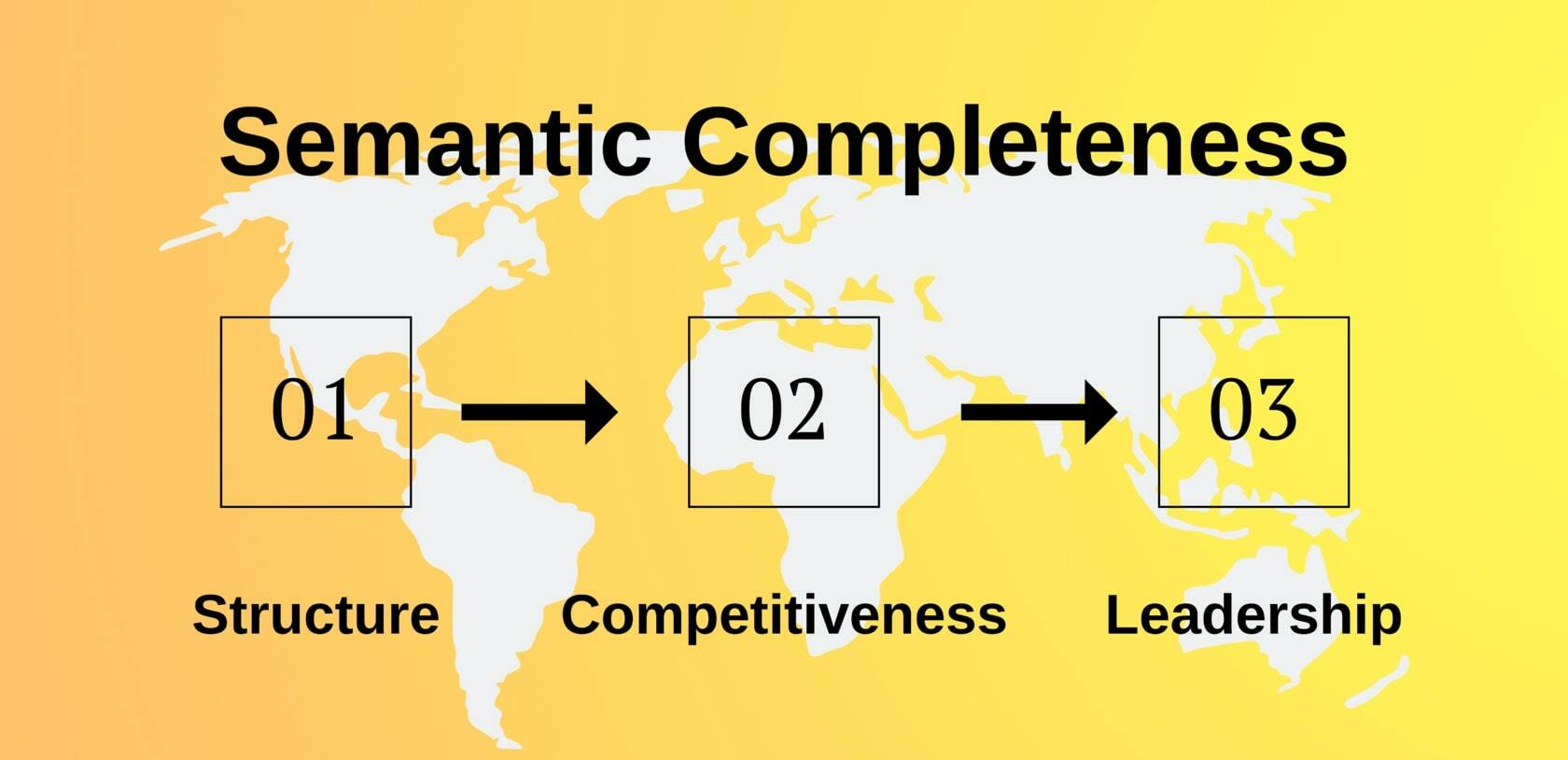
We studied competitors' sites for each category and compiled the first variant of the structure for the client's site.
How do we do it:
To do this, you need to enter the address of your domain in the search bar of the service and click "Search." Then you go to the sidebar and click on the "Domain analysis → SEO research → Competitors" report.
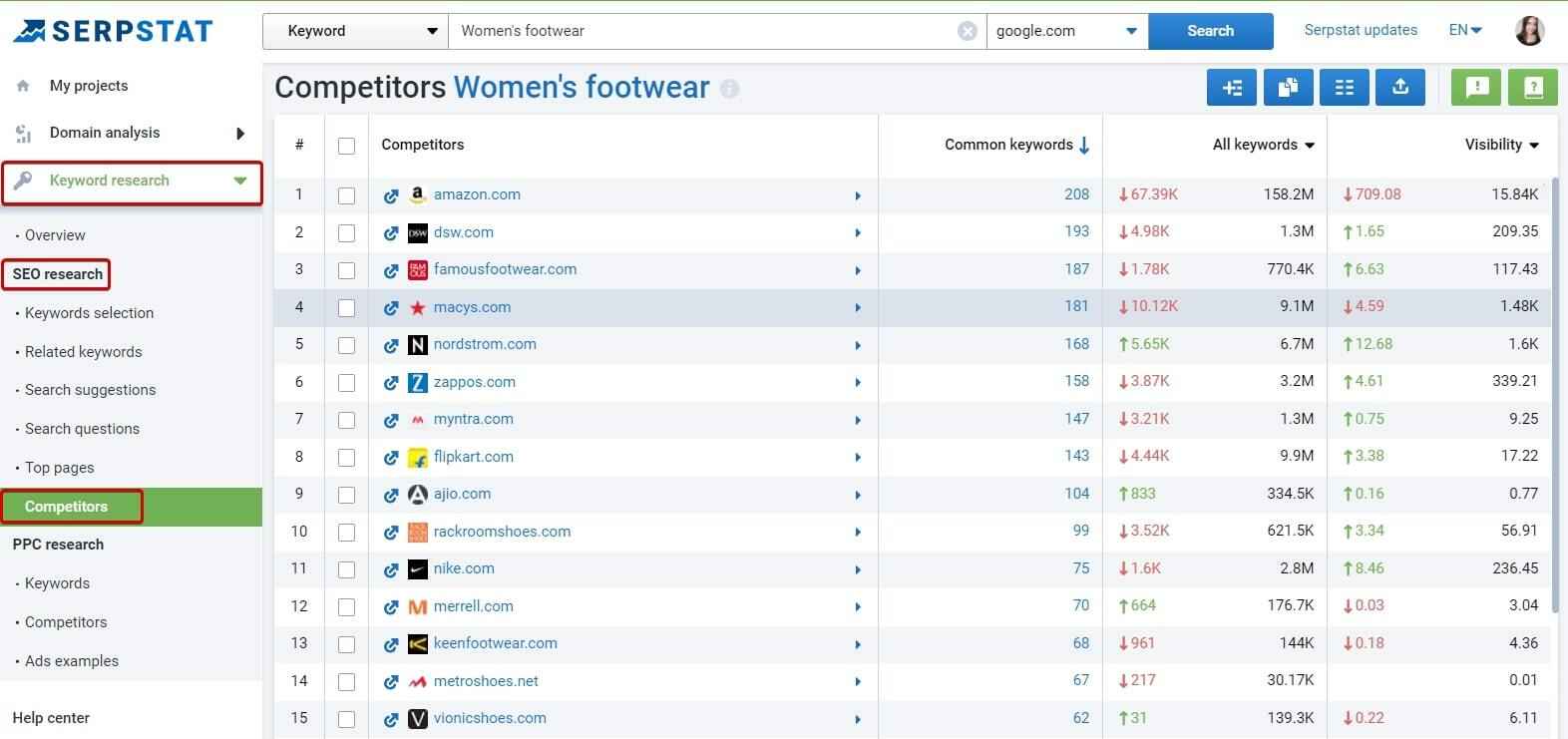
Read more about analysis of competitors' websites in this article.
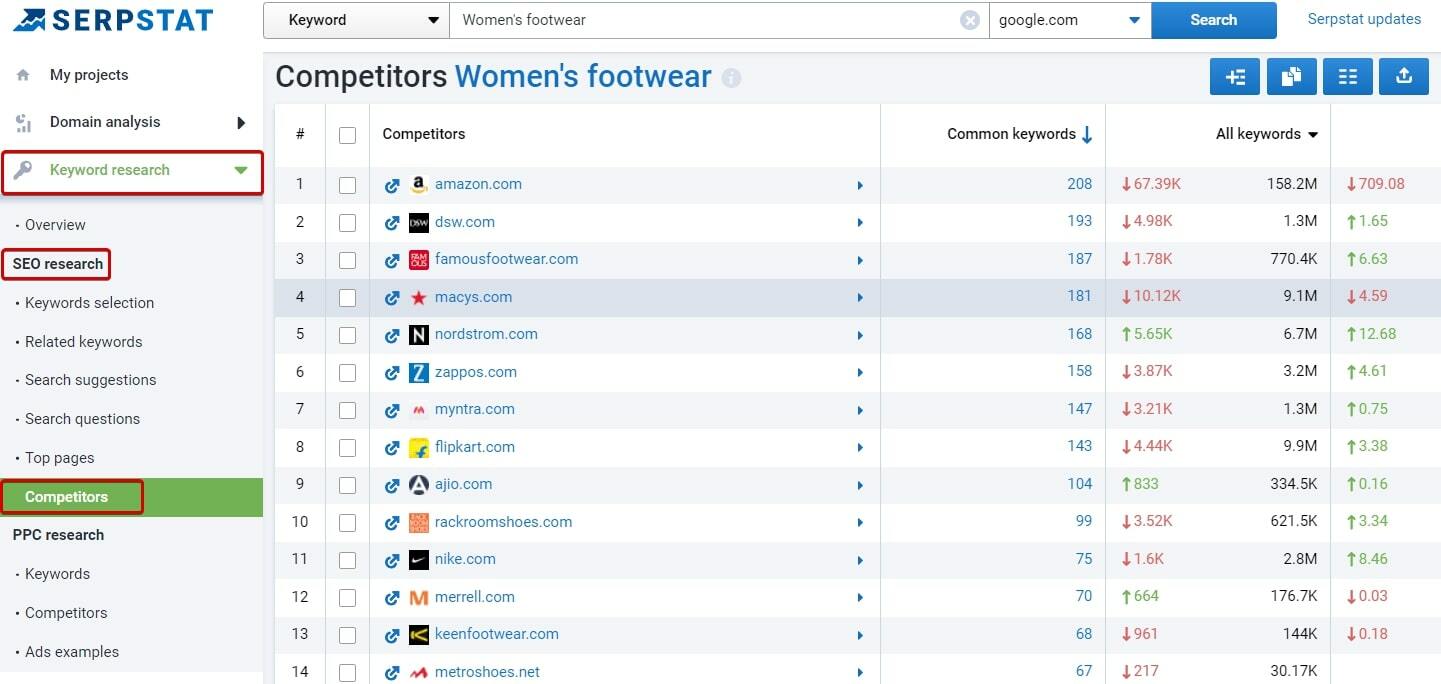
We start with the simplest mind map: we display marker queries in the category name and go further. Gradually we expand the phrases in order to cover a maximum of this niche.
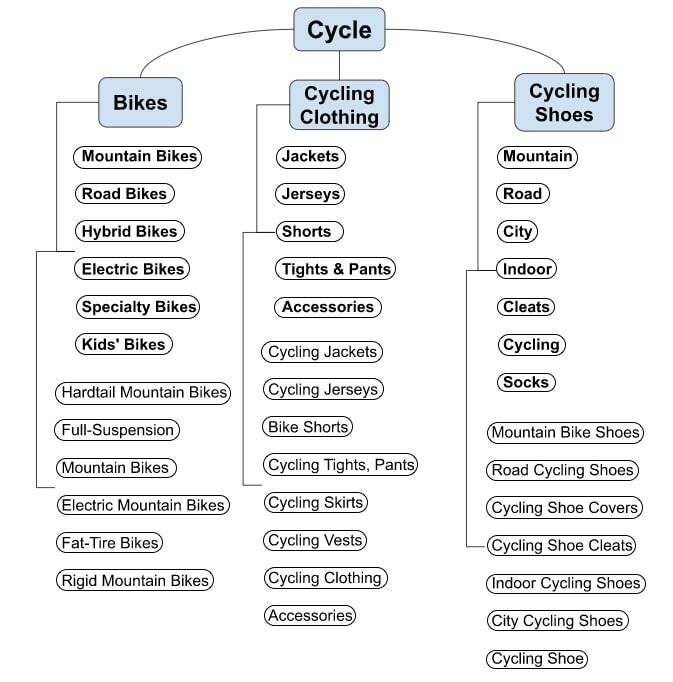

Send a request for a free personal demo of the service, and our expert will contact you :)
Our task at this stage is to select the end-user queries and find all possible synonyms.
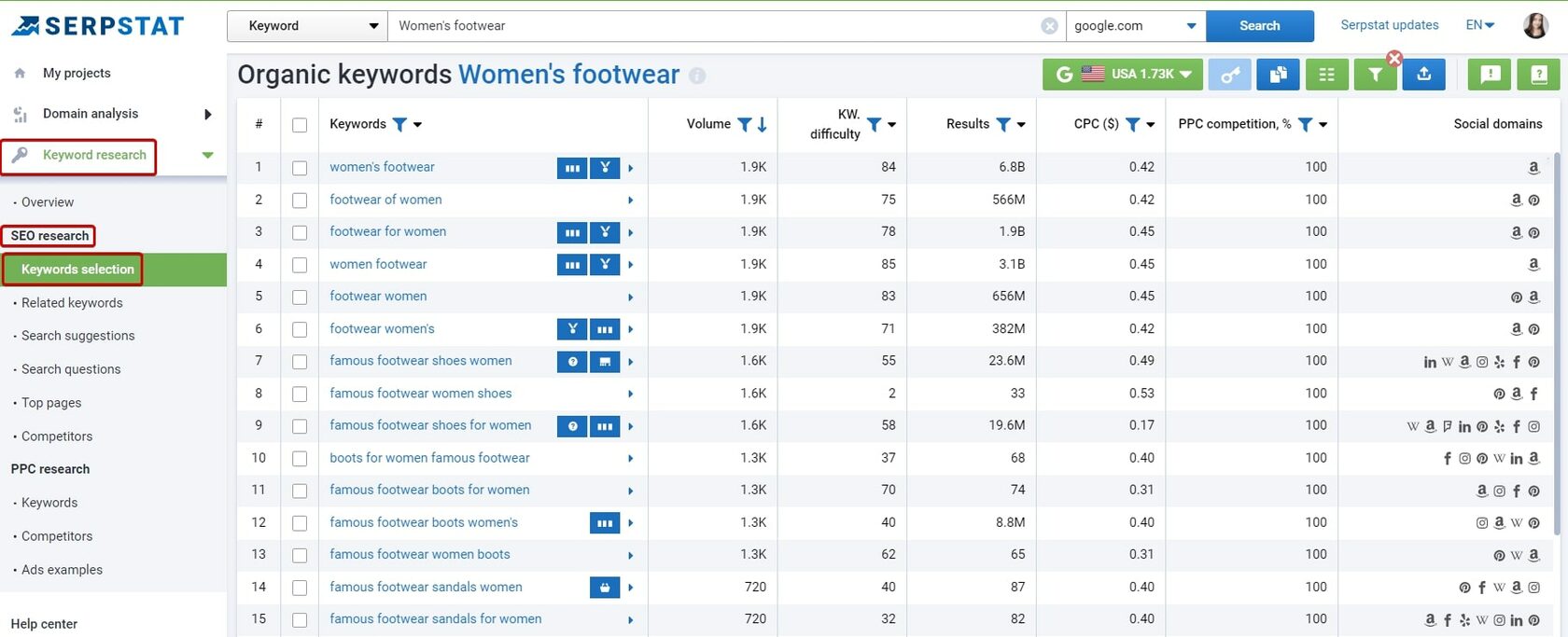
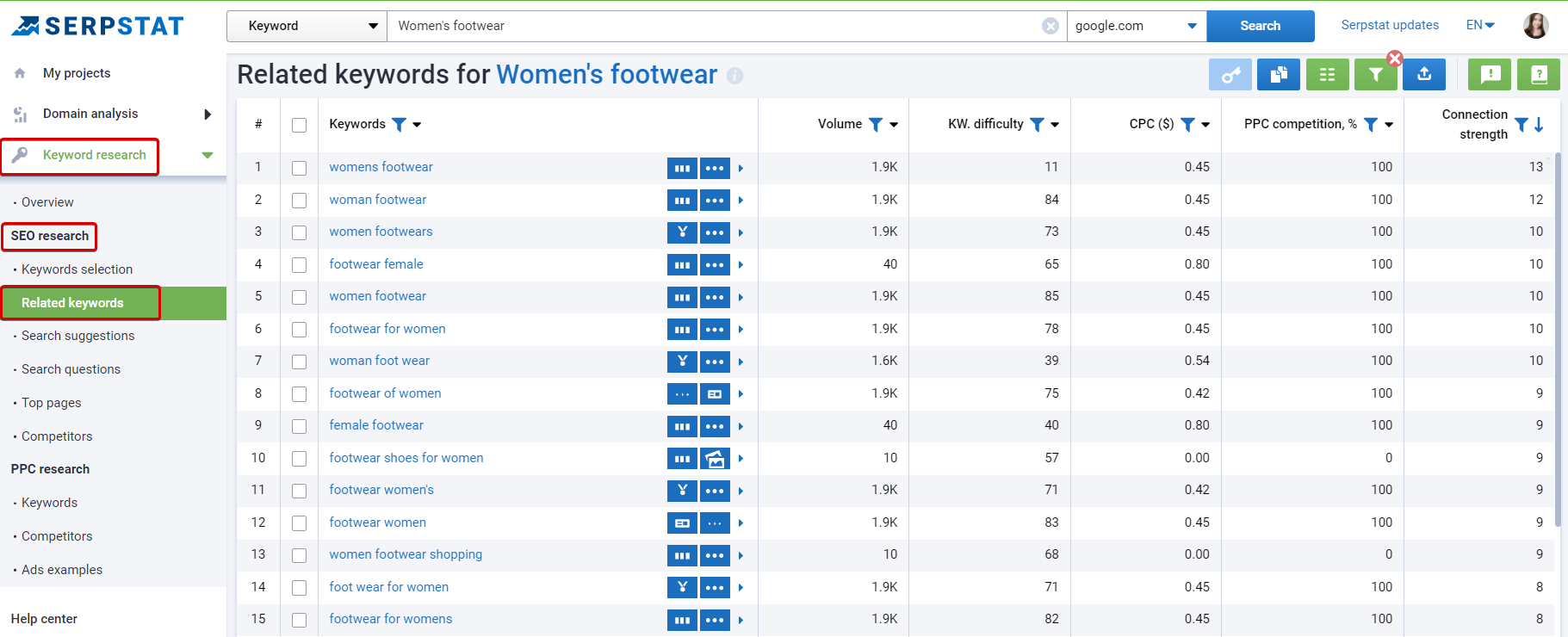
Contact us! We will provide you with everything you want to know :)
Search suggestions parsing helps collect as completed keywords list of the site as possible. Furthermore, these phrases are often less competitive. Thus, this is how to elaborate the entire map to the required level after agreeing on all the details with the customer.
At the same time, it is important to evaluate the intersections of semantics among competitors. For example, the more competitors use the key phrase on their site, the more likely the phrase is needed on your site.
All you need to do is to click on "Keyword Research → SEO Research → Search Suggestions" and the "Questions Only" tab.
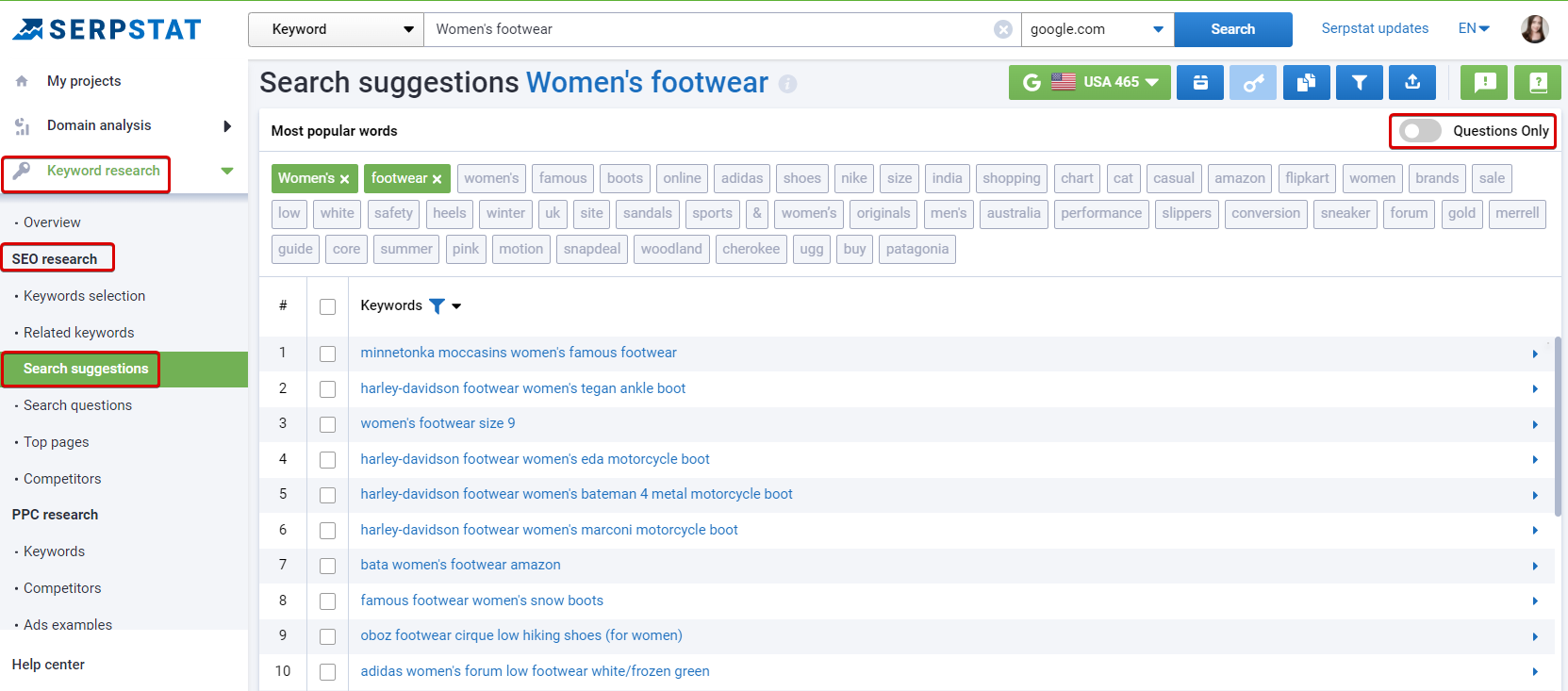
Clustering is the division of the list of key queries into groups (clusters). It is carried out in order to simplify the creation of useful content later. Thus, query sorting is the final and most important step in working with semantics.
Ultimately, we get clusters formed according to the map created in the first stage.
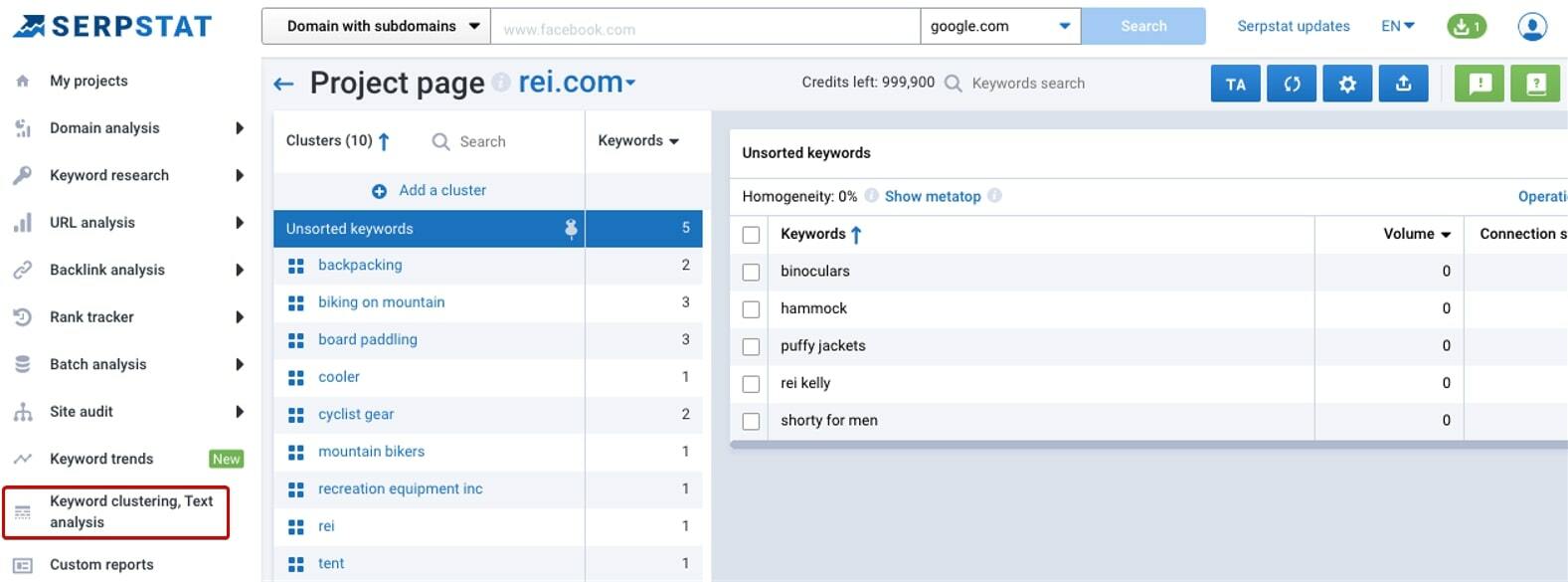
Keywords list is an excellent base for building the site structure. Thanks to this set, you can create a site that will meet the requirements of both users and search engines.
Site structure is prepared in the following form: categories, subcategories, product pages, filtering (product parameters). Let's specify the URL:
Analytics After Collecting Semantics
We collect all the semantics when our site is already at the top, analyze its rankings in search results and see where and for which keywords the positions are low.
For example, we see that the site is in the 7th position for some queries, and there is practically no conversion. We plan further actions accordingly.
When there is a complete list of queries with data on competition and aggregators at the top, we perform semantic scoring and filter out keywords that are difficult to promote. It is better to prioritize queries that no aggregators and complex commercial projects rank for.
Another important point: if your site was created recently, you have to eliminate trusted competitors when analyzing.
You don't know whether they are in the top search results due to text or link factors. Therefore, if it is possible to avoid the analysis of such sites (regarding the new sites at the top), then skip them.
What to do if the website is ranked in the 8th place, but you need to get to the Top 3?
If we have a text component and page fragments, we begin to gradually insert keywords into the page and track changes after each edit. For a certain number of such iterations, we will reach the point where there is a lot of spam and roll back in positions. With the help of such iterations, we will get the desired result.
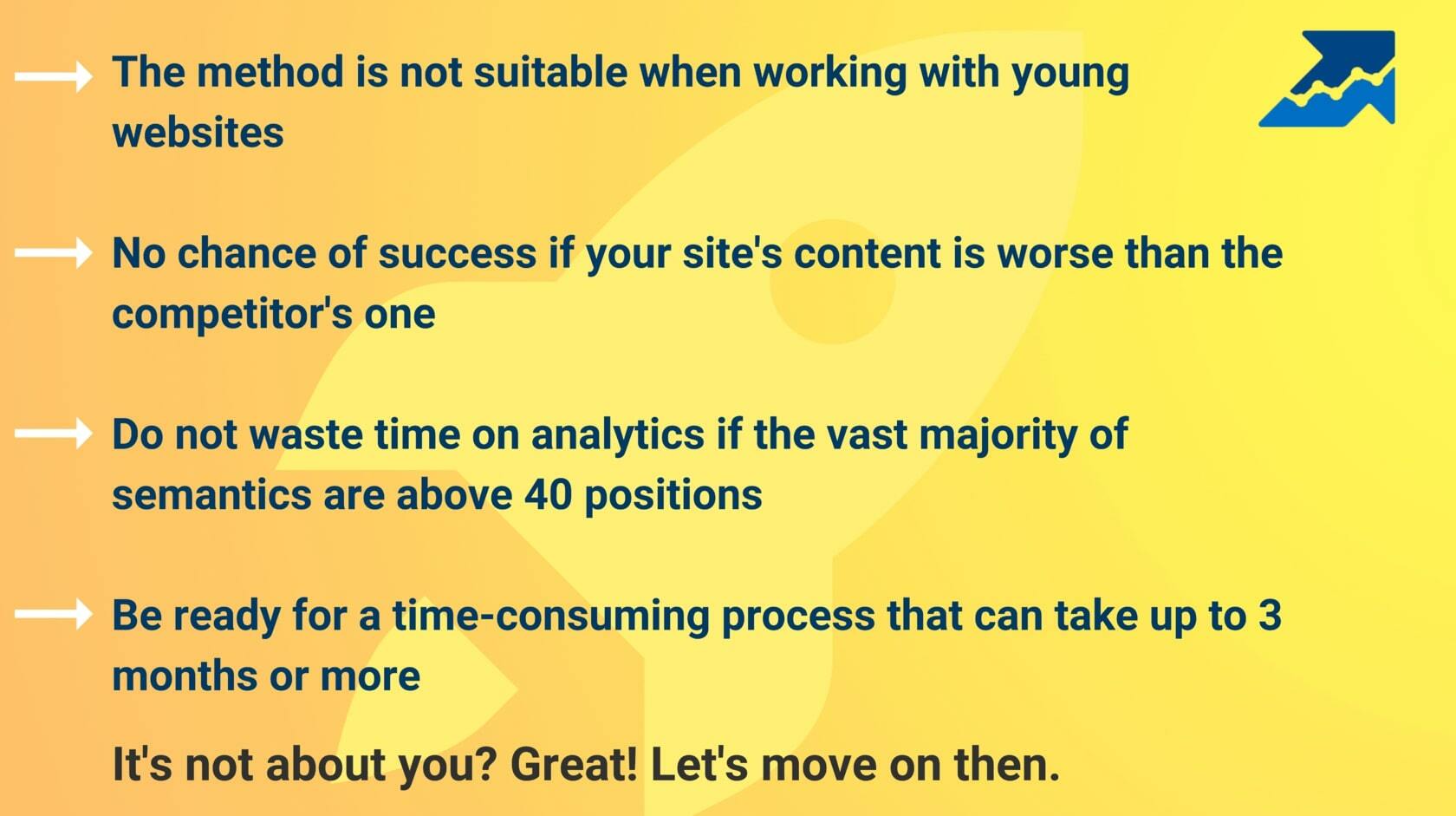
How to deal with unique niches?
It would be best if you took several of them into account. In many competitive companies, the process is often arranged as follows: collecting a complete keyword list → building a structure → conducting audits to fix website errors (SEO, Technical, and User Experience audit) → analysis of competitors and their search pressure points.
It is important to write a promotion strategy based on the overall site condition assessment and competitors' strategies. If the site is trusted, you go beyond limits and use all queries.
When working with a young site, it is necessary to perform semantics scoring and find the simplest queries for promotion in order to bring traffic and show concrete results in the first stage of work. After that, you can concentrate on complex keys and subsequent steps.
What is important here is not to screw up with semantics to save money and not spend them on key queries in which we won't even get the Top 10 in the coming year.
We strongly hope that this article brought much clarity to the issue of collecting the keyword list. Nevertheless, we are always more than happy to help you :)
Speed up your search marketing growth with Serpstat!
Keyword and backlink opportunities, competitors' online strategy, daily rankings and SEO-related issues.
A pack of tools for reducing your time on SEO tasks.
Discover More SEO Tools
Backlink Cheсker
Backlinks checking for any site. Increase the power of your backlink profile
API for SEO
Search big data and get results using SEO API
Competitor Website Analytics
Complete analysis of competitors' websites for SEO and PPC
Keyword Rank Checker
Google Keyword Rankings Checker - gain valuable insights into your website's search engine rankings
Recommended posts
Cases, life hacks, researches, and useful articles
Don’t you have time to follow the news? No worries! Our editor will choose articles that will definitely help you with your work. Join our cozy community :)
By clicking the button, you agree to our privacy policy.

